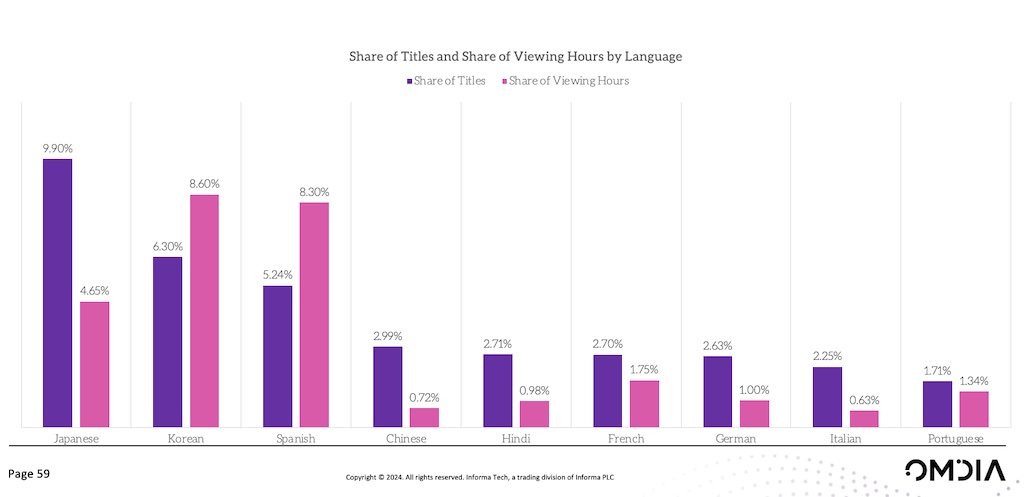
After more than 35 years of operation, TBI is closing its doors and our website will no longer be updated daily. Thank you for all of your support.
Exclusive: Netflix data reveals oversized impact of Spanish-language shows

Berlin (Source: Netflix)
Netflix’s reliance on non-English content and its back catalogue has been highlighted by new analysis that shows the disproportionate viewing hours secured by the streamer’s Korean and Spanish-language shows.
Spanish-language shows make up only 5% of Netflix’s top 18,000 titles but accounts for more than 8% of viewing time, according to exclusive new analysis by research outfit Omdia.
The findings have also revealed that between January-June 2023, just under 50% of Netflix’s shows were originally in English.
 These titles accounted for 67.4% of total viewing over the same period, while the top 10 English-language franchises accounted for 4.7% of all viewing.
These titles accounted for 67.4% of total viewing over the same period, while the top 10 English-language franchises accounted for 4.7% of all viewing.
Analysis also revealed that the top 100 English-language franchises accounted for just 16.5% of total viewing, underlining the fact that more than two thirds of Netflix viewing isn’t from its top 100 English titles.
Outside of English, Spanish saw the largest gap between titles and viewing hours. Just 5.2% of the top 18,000 titles were originally in Spanish but these accounted for 8.3% of viewing in this period.
The top 10 Spanish-language titles accounted for 2% of total viewing on the platform, propelled by Colombian dramas Fake Profile and The Marked Heart. Overall, the top 39 Spanish-language titles accounted for 50% of all viewing of Spanish-language titles in this period.
The research, which will be unveiled by Omdia’s Maria Rua Aguete at Content Americas on Tuesday, also revealed that Korean content overperforms. It made up 6.3% of the 18,000 titles in the first six months of 2023, but accounted for 8.6% of total viewing hours over that same period.
“This increase in appetite in non-English language content is shifting budgets from Hollywood to others markets like Korea or Spanish-speaking countries”” said Maria Rua Aguete, senior research director at Omdia.
“It also reflects the importance of Netflix’s back catalogue to total viewing hours and the diverse consumption patterns of the platform’s viewers.”


